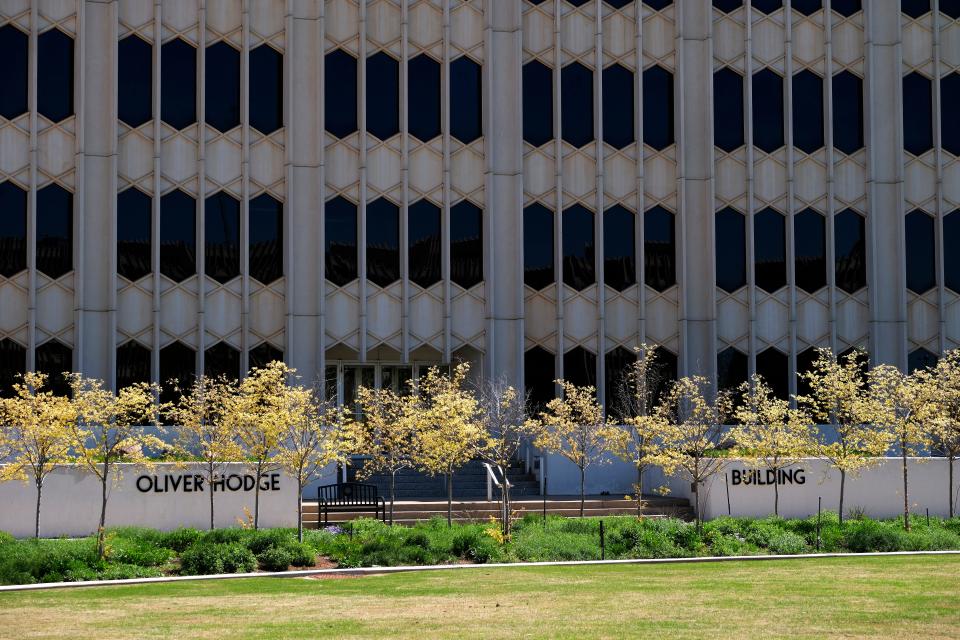Over objections, House approves new fund to self-finance state building projects
Oklahoma spends about $55 million a year just to cover interest on bond repayments for state building improvement projects.
To save money in the future, lawmakers have devised a program that will let agencies avoid selling bonds and instead borrow the money from state government itself.
The Legacy Capital Financing Act was one of several dozen bills introduced in the last week of session. Along with a $600 million appropriation into a companion fund, lawmakers advanced legislation that would allow agencies to borrow money from the state to cover the costs of upgrading and maintaining capital assets.
They've already identified several projects that will receive the funds, worth about $350 million. Agencies will have 20 years to repay the state, and lawmakers would still be responsible for earmarking enough funds each year for agencies to cover their annual payments.
The latest on the state budget: Oklahoma lawmakers push forward on budget as deadline to override any vetoes looms

'I believe we need to be incredibly careful'
There is criticism of the plan, however. Edmond state Sen. Adam Pugh pointed out that by creating the scheme, Oklahoma is essentially competing with the private sector bond market.
"I believe we need to be incredibly careful, because I'm fearful the state of Oklahoma is creating a central bank," said Pugh. "To give you a little history lesson, Aaron Burr killed Alexander Hamilton over such a thing."
Pugh continued, suggesting that the Legacy Capital Financing Act creates artificiality.
More: Significant policy changes revealed in final days of the 2023 legislative session
"I think the idea of this bill is really good. The problem is, it doesn't respond to the market. When you can't get a bond, it's generally because you're at risk. You have a poor credit rating, and the market's not ready to absorb your bond project," he said. "So when the economy's down, we don't have to react to it. We can just keep spending."
Fellow state Sen. John Michael Montgomery called it poorly drafted policy.
"The only thing that frankly gives any merit to this is the fact that we have high interest rates right now," said Montgomery, R-Lawton.
Despite those points, the bill has advanced through committee and across the House floor this week. It is scheduled to receive a final hearing in the Senate on Friday.
What would be funded under the Legacy Capital Financing Act?
If it becomes law, the following capital improvement projects would be funded through the program:
Oklahoma Historical Society: $46 million for deferred maintenance.
Office of Management and Enterprise Services: $115 million for renovations and repairs at the Capitol Complex, including the Jim Thorpe Building, the Kelley Annex Building and tunnels under the complex.
Department of Public Safety: $88 million for the statewide wireless communication network, an Oklahoma City-area active shooter training center and new Oklahoma Highway Patrol troop headquarters in Broken Arrow and Clinton.
Oklahoma State University Veterinary Medicine Authority: $79 million for the construction, refurbishment or expansion of animal teaching hospitals and related facilities.
Oklahoma Department of Libraries: $17.6 million for construction improvements at the department's building located in the Capitol Complex.
Council on Law Enforcement Education and Training (CLEET): $4 million for construction of a training shoot-house.
This article originally appeared on Oklahoman: Under proposed law, OKC could get active shooter training center

